This is a four part series unpacking the “highs” and lows of what we know about hypoxic training. There is some great research out there about the ‘old’ ways and there are some fantastic new and innovative ways to gain some potential benefits from this training.
(15 minutes reading time)
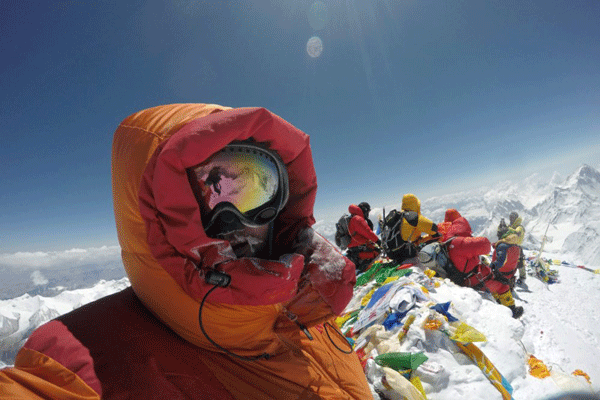
This type of training involves adding the stress of reduced oxygen (02) during exercise, recovery or rest. Like the above, climbing to the top of Mt Everest is a huge physiological challenge which takes months to prepare for. This added stress during these conditions is thought to create changes within the body that will improve performance. Like going to the gym and lifting weights, our muscles become stronger because of the added stress. LIke going to altitude to acclimatise for an Everest accent, we adpat physiologically. If we reduce the 02 supply to the body, it does adapt and become better at utilising the 02 it gets – well that’s the current scientific belief anyway. Lets find out what happens first?
Hypoxia is a deficiency in the amount of oxygen reaching the tissues and we can create this in a number of different ways. You might automatically think of altitude training, which reduces the partial pressure of 02 in the atmosphere. This means there is less oxygen (02) available for the body to operate on and, during exercise, we should start to see a reduced supply of 02 to the tissues and desaturation starts to occurs.
Lets unpack that, there is a bit there!
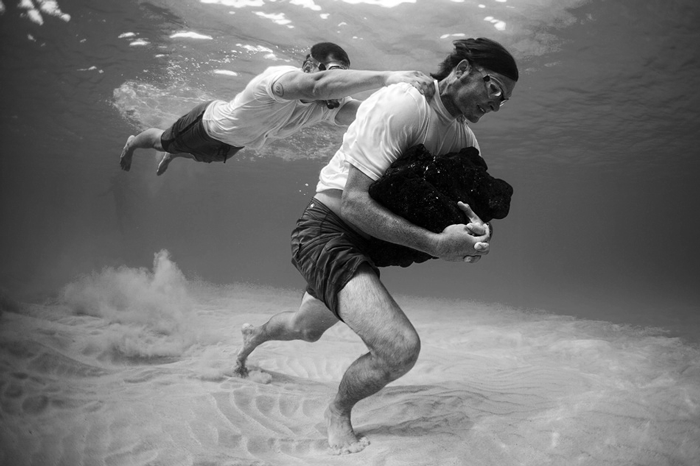
What is partial pressure of 02?
For most places on earth, the atmosphere is primarily made up of nitrogen (78%) and oxygen (21%). At sea level, the atmospheric pressure is 760 mm/Hg which is essentially a measure of the weight of air that is on top of you at sea level. That’s right, air actually weighs something – the higher you go up a mountain, the less ‘weight’ of air that will be on top of you.
At higher altitudes, the atmospheric pressure reduces and there is less air up there to breath, which starves the body of 02. If you look at the picture below it may help explain the altitude training process better. As you go higher, there is less air and therefore less oxygen available for the tissues.
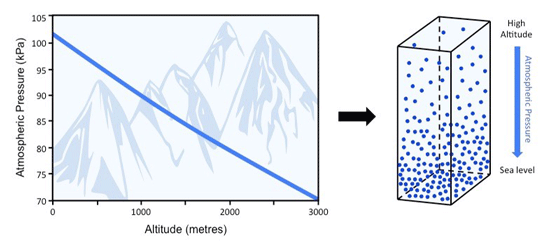
What is desaturation (Sa02)?
A healthy individual will be sitting reading this post with a blood oxygenation close to 99% saturated. In other words, their glass is full to the brim with delicious oxygen.
We measure this using a pulse oximeter, which shines a light through the finger and compares the amount of haemoglobin which is carrying oxygen, and compares that to the amount that is not carrying oxygen.
The main way 02 is carried in our blood is by Haemaglobin (Hb), 02 hitches a ride and is transported through our blood stream. You can think of (Hb) as the car and our blood vessels being the roads.
Therefore, if we are sitting down, healthy and at rest, we should be close to 99% saturated, meaning all of the seats in all of the cars are full. Happy days!
But there is a little more to unpack regarding 02 carrying capacity before we move on.
02 carrying capacity…….
Carbon dioxide levels, blood pH, body temperature, environmental factors, and diseases can all affect oxygen’s carrying capacity and delivery. But we will talk about these in later posts, lets focus on a few things first:
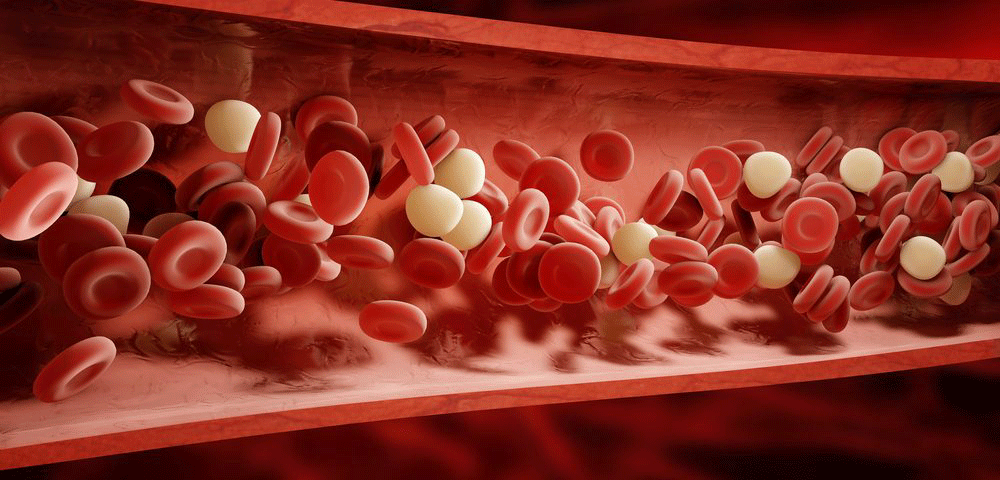
-
Number of Red Blood Cells:
Haemaglobin (Hb) molecules are found in red blood cells, if we don’t have enough red blood cells EG: When a person is anaemic when they have lost a lot of blood, then we can’t carry the normal amount of oxygen.
There are not enough cars on the road to carry all the passengers.
-
The amount of Haemaglobin (Hb):
The more Hb we have, the more 02 we can carry. If we had lots of red blood cells, but the amount of Hb we have is reduced, this would reduce the amount of 02 we could carry in our blood.
This would be like having lots of utes on the road. There are plenty of cars out there, but there are not many seats. Remember, oxygen is the passenger and needs to sit down on a haemoglobin molecule inside the red blood cell.
This can be seen in a disease called thalassemia: an inherited disorder in which a person produces a high number of red blood cells, but the cells have lower levels of haemoglobin in them.
-
Haematocrit:
The ratio of the volume of red blood cells to the total volume of blood. We roughly carry 5L of blood onboard as a human. 44% of this is made up of the red blood cells that carry the Hb and 02 around the body. 55% is made up of plasma which is water, salts and enzymes, which leaves 1% for white blood cells, those which fight bacteria and nasties.
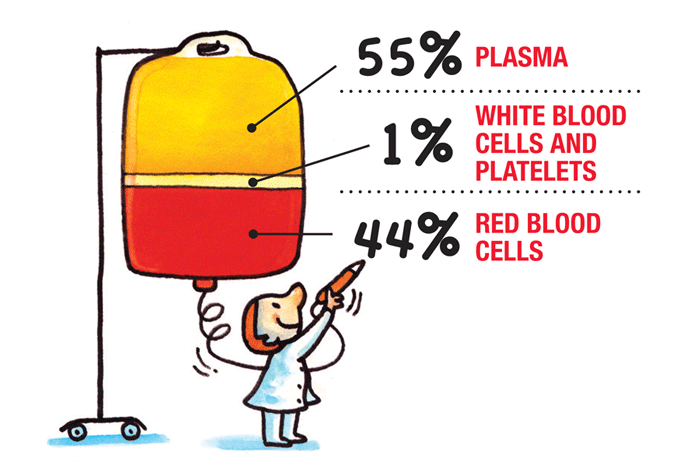
If we lose red blood cells due to anaemia, our haematocrit will reduce, if we are fighting infection and our white cell count increases, also, our haematocrit will reduce.
It is important our haematocrit levels are within normal ranges. Interestingly men have a higher haematocrit than females (for men it’s 38 to 50% and for women, 35 to 44%). This is complex and we will have a look at this in future posts about IHT and the physiological effects on the body.
To keep our theme running on all cylinders, think of a 2 lane highway, remembering your red blood cells are the cars on the road, the road is your blood vessels. If your haematocrit is low, there are lots of trucks carrying goods on the road, thus preventing cars from driving everyone (02) around.
-
Saturation (Sa02):
Saturation the amount of Hb in the blood that is carrying 02, another way to look at it could be how many passengers are in all the cars on the roads right now?

This is a complex issue in itself but there are many different conditions that affect the blood saturation (sats) such as temperature, pH and C02 levels. These factors affect how many seats each car will have for 02.
EG: When we hyperventilate, as popularised by the Wim Hof method, we reduce our blood C02 levels and increase, in the short term, the pH of the blood. This changes haemoglobin (Hb), it tells them that they need to pick up more passengers, and don’t let them out of the car!!!!!! So Hb gets a little creepy, and locks the doors of the car not letting its passengers out. It gets harder for the body to release the 02 when it gets to its destination, the tissues, in the short term anyway.
With some forms of Intermittent hypoxic training (IHT) we measure the saturation levels, and our goal is to reduce the amount of 02 in our blood using exercise and breath hold. If we continue to exercise, holding our breath, we start using up all the 02 in the red blood cells. In other words:
The UBERs on the road are no longer picking up guests, they are just dropping them off, and there are a lot of empty seats.
So lets leave it there, next post will unpack some popular ways to introduce hypoxic training to your training.
Yours in health,
Fletcher